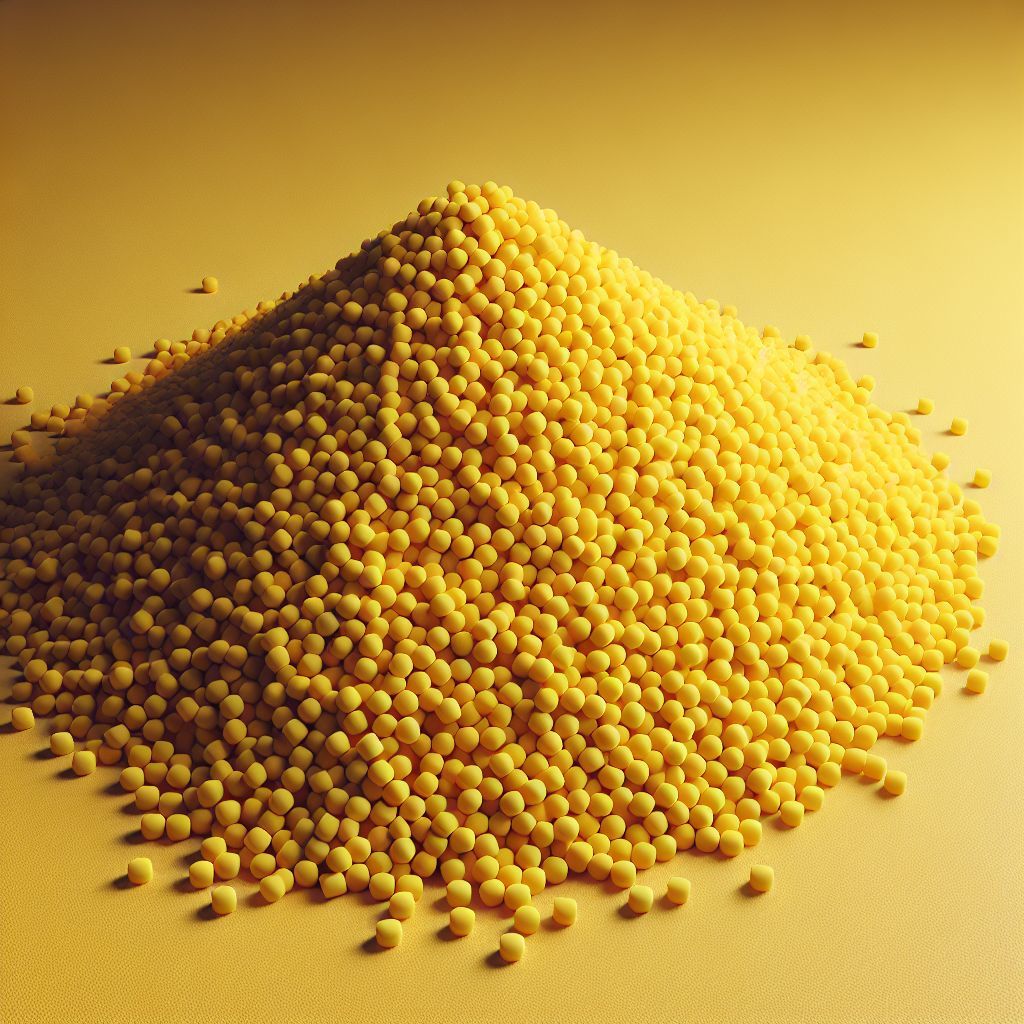The world is on the brink of a packaging revolution, driven by the need for sustainable and environmentally friendly solutions. As traditional plastics continue to pollute our landfills and oceans, the search for innovative alternatives has intensified. Enter bioplastics—materials derived from renewable biological sources. Companies like Lactips are at the forefront of this transition, developing bioplastic solutions that promise to transform the packaging industry. This article delves into the world of bioplastics, exploring their potential to reduce environmental impact and examining the challenges they face in replacing conventional plastics.
Introduction to Bioplastics
The demand for sustainable packaging solutions is growing as environmental concerns push both consumers and industries toward more eco-friendly practices. Bioplastics, made from renewable plant materials, offer a promising alternative to traditional plastics derived from petroleum. Unlike conventional plastics, which contribute significantly to pollution and take centuries to degrade, bioplastics are designed to reduce the environmental footprint while maintaining functionality and versatility.
The Rise of Bioplastics in the Packaging Industry
Bioplastics have gained traction in recent years as a viable solution for reducing plastic waste. Companies like Lactips are pioneering the development of innovative bioplastic materials that are both biodegradable and compostable. Lactips, for instance, has developed a bioplastic derived from milk protein, casein, which is not only sustainable but also water-soluble and non-toxic. This breakthrough presents a significant advancement in packaging technology, offering an environmentally friendly alternative for industries ranging from food packaging to electronics.
Environmental Benefits of Bioplastics
One of the primary advantages of bioplastics is their reduced impact on the environment. Since they are made from renewable resources, bioplastics help decrease dependency on fossil fuels and lower carbon emissions during production. Additionally, many bioplastics are designed to decompose naturally, reducing the volume of waste that ends up in landfills and oceans. This biodegradability is especially crucial for single-use products, which are major contributors to plastic pollution.
Challenges Facing Bioplastics
Despite their potential, bioplastics face several challenges that must be addressed to achieve widespread adoption. One significant hurdle is the cost of production. Currently, bioplastics are often more expensive to produce than traditional plastics, which can deter companies from making the switch. Additionally, there is a need for infrastructure improvements to support the composting and recycling of bioplastics. Without the proper facilities, the environmental benefits of bioplastics could be diminished.
The Future of Bioplastics in Sustainable Packaging
The future of bioplastics in the packaging industry looks promising, with continuous innovations and investments driving progress. As technology advances and production costs decrease, bioplastics are expected to become more competitive with conventional plastics. Furthermore, increasing consumer awareness and demand for sustainable products will likely accelerate the adoption of bioplastics across various sectors.
Conclusion
Bioplastics represent a significant step forward in the quest for sustainable packaging solutions. Companies like Lactips are at the forefront of this innovation, developing materials that offer a greener alternative to traditional plastics. While challenges remain, the potential environmental benefits of bioplastics make them a critical component of the future of sustainable packaging. As the industry continues to evolve, embracing bioplastics could be key to reducing our global plastic footprint and promoting a more sustainable future.
source : https://www.lactips.com


